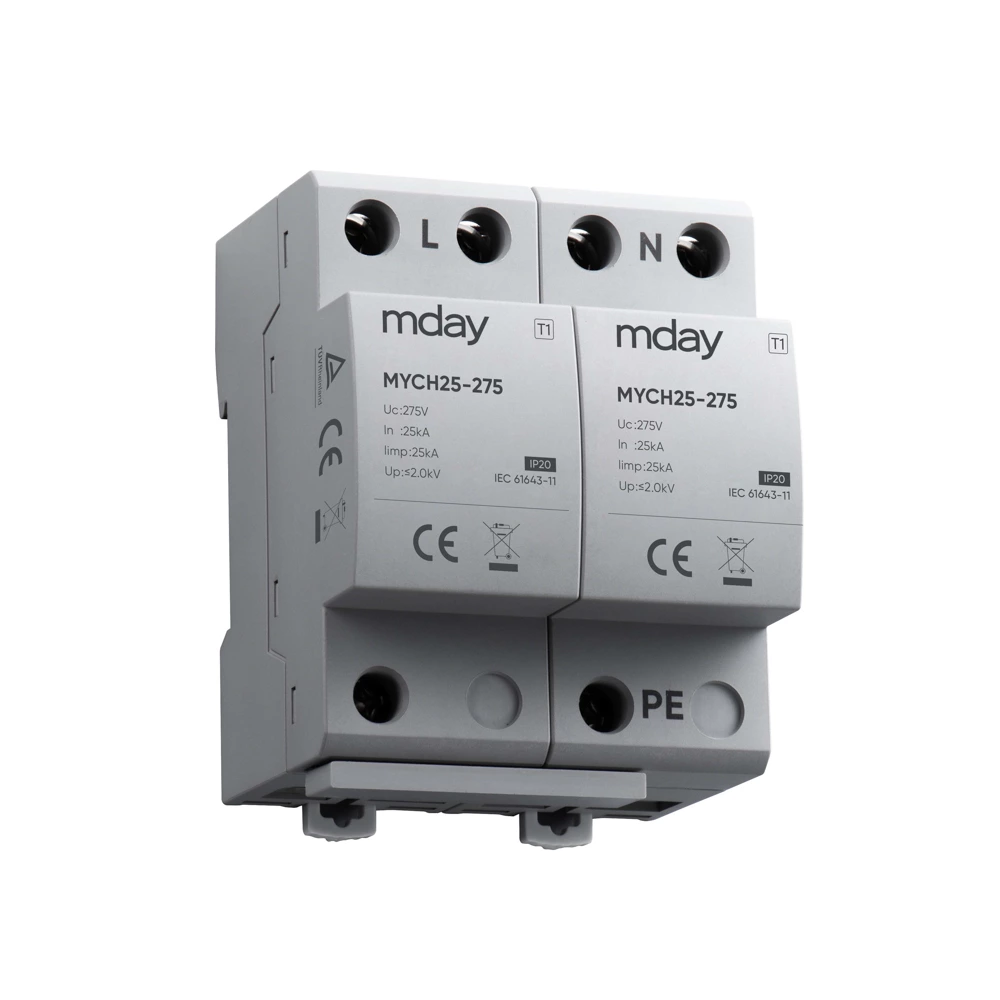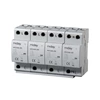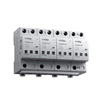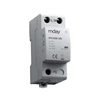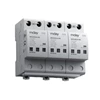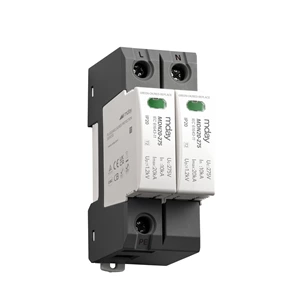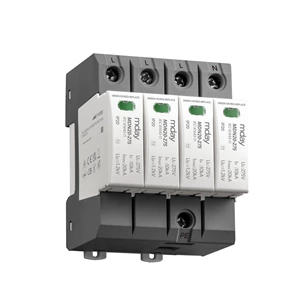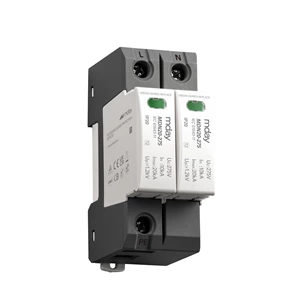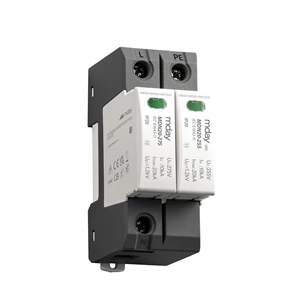Surge Protection For Power Cable Lines And Low-voltage Distribution Lines
Due to their structural characteristics and connection requirements with other electrical equipment, power cables require different lightning protection methods depending on the voltage level. For power cables of 35 kV and below, a surge protective device cable should generally be installed near the cable terminal. The metal shield and armor at the terminal must also be properly grounded. For high-voltage cables of 110 kV and above, when the cable line is subjected to lightning surge voltage, overvoltage may occur at ungrounded ends or interconnected connections of the metal sheath, potentially causing insulation breakdown. One of the following protection options should be adopted:
① Ground the cable metal sheaths at one end and connect them to a surge protector cable at the other end;
② Connect the cable metal sheaths alternately, with a Y0 connection for the protector;
③ Connect the cable metal sheaths alternately, with a Y or Δ connection for the protector;
④ Connect the cable metal sheaths at one end and connect them to a grounding cable with a voltage equalizing wire;
⑤ Connect the cable metal sheaths at one end and connect them to a return line.
Low-voltage distribution lines: Low-voltage lines should be equipped with a low-voltage surge protection device cable or a breakdown fuse at the transformer outlet and properly grounded. The grounding resistance of the grounding device should not exceed 4 Ω. The neutral line in a low-voltage power grid with a directly grounded neutral point should be grounded at the power source. Low-voltage distribution lines should be re-grounded at the trunk and branch line terminals. The grounding resistance of the re-grounding device should be no greater than 10Ω annually. For longer lines, re-grounding should be performed at no fewer than three locations. To prevent lightning waves from invading users along low-voltage distribution lines, the insulator iron corners on the household power lines should be grounded, with a grounding resistance of less than 30Ω. This is particularly important for our ongoing one-household-one-meter transformation efforts.
